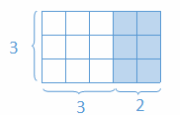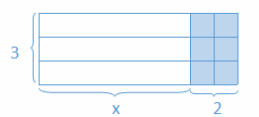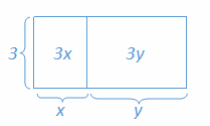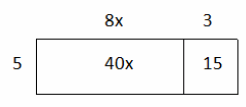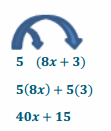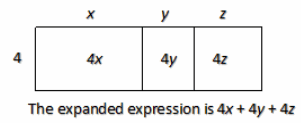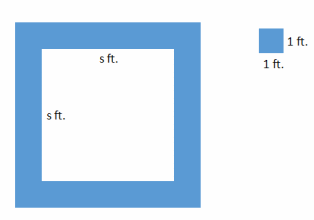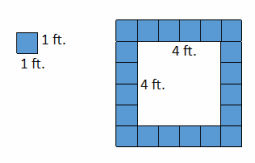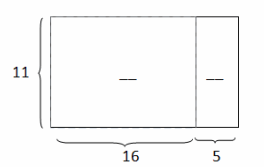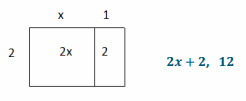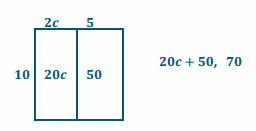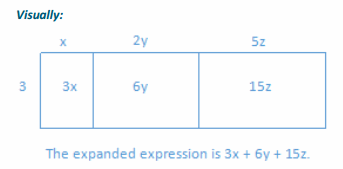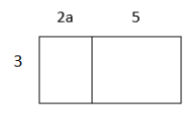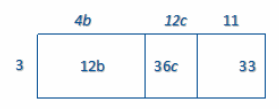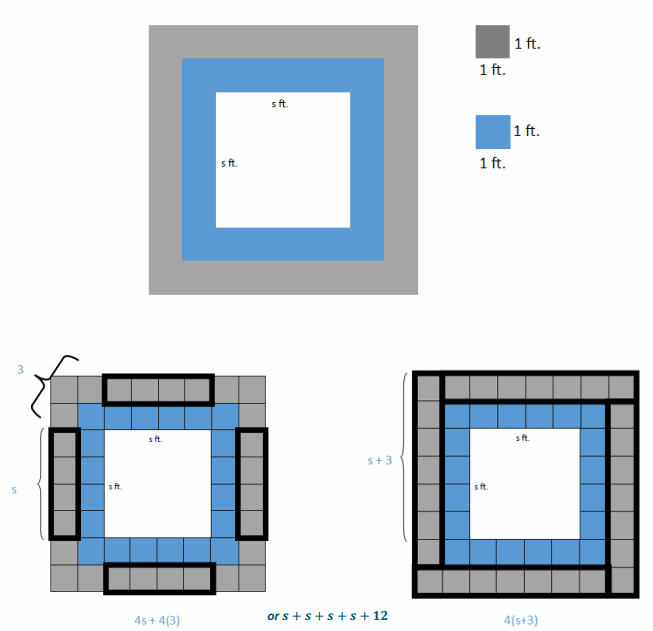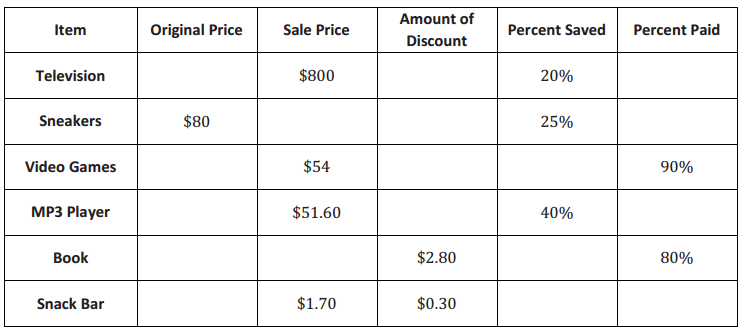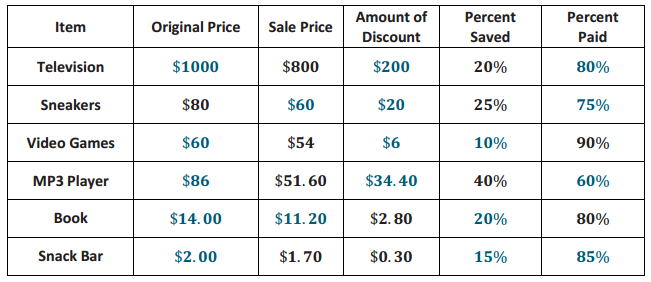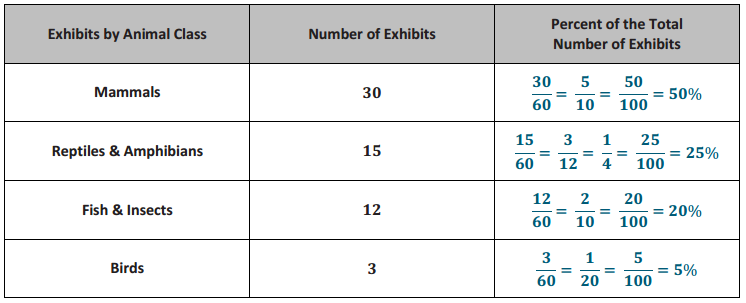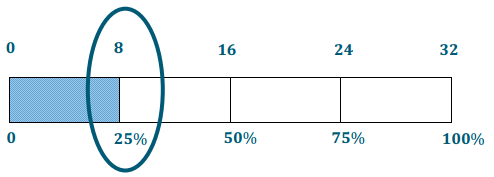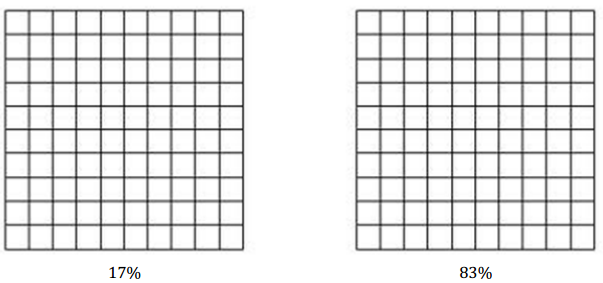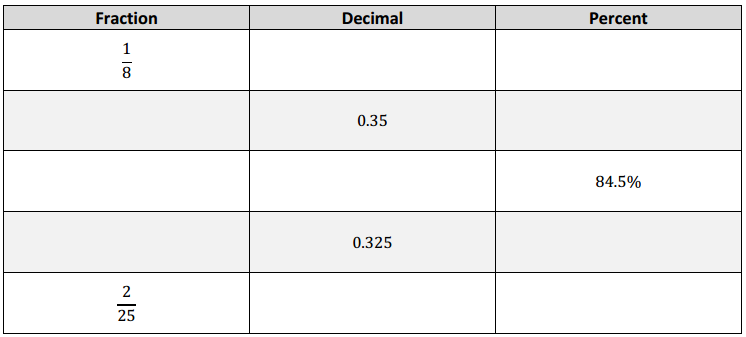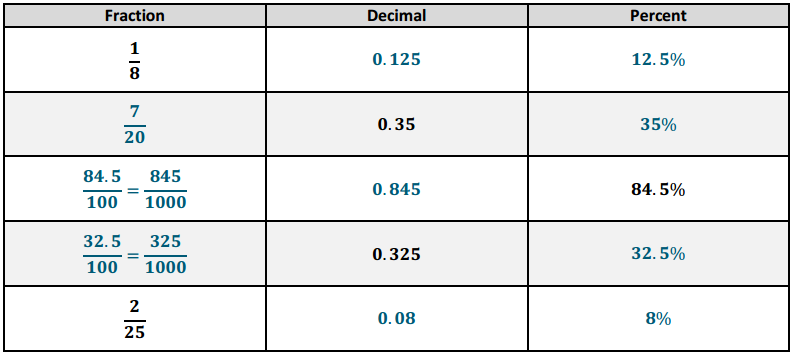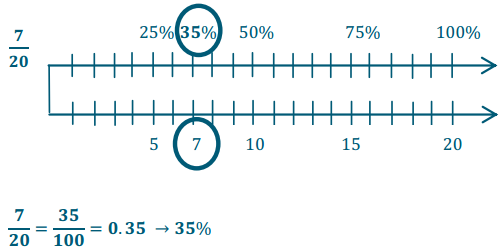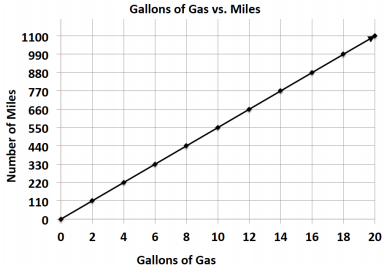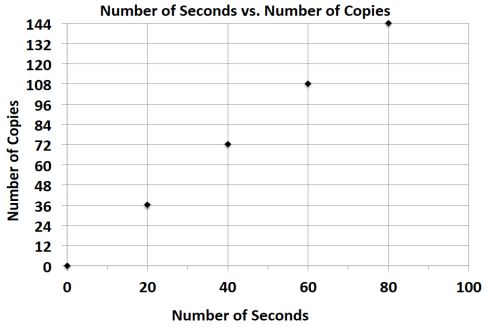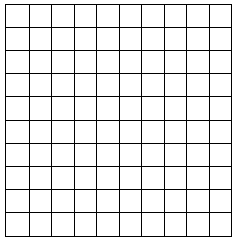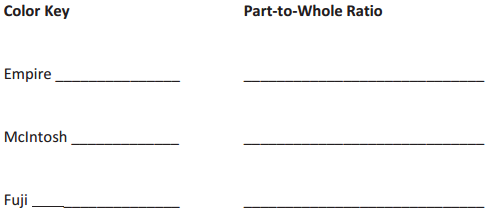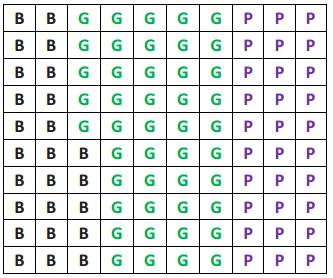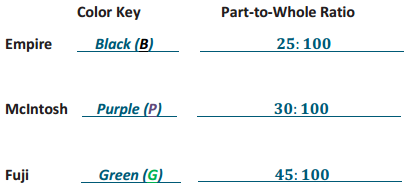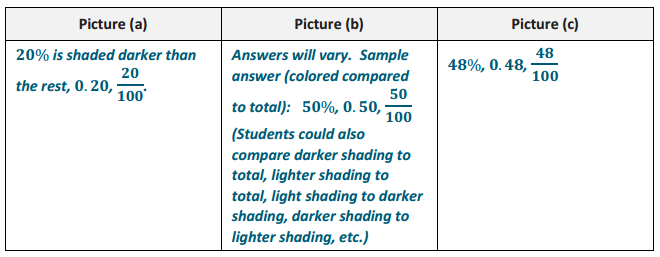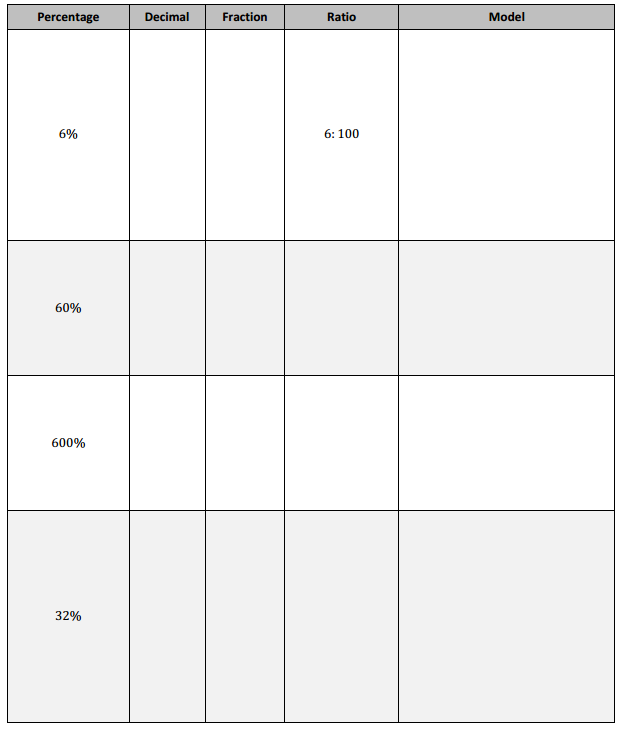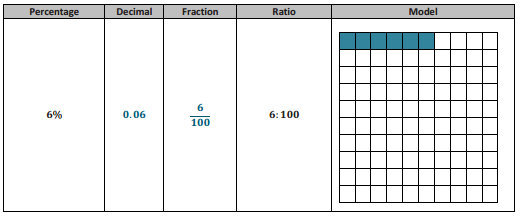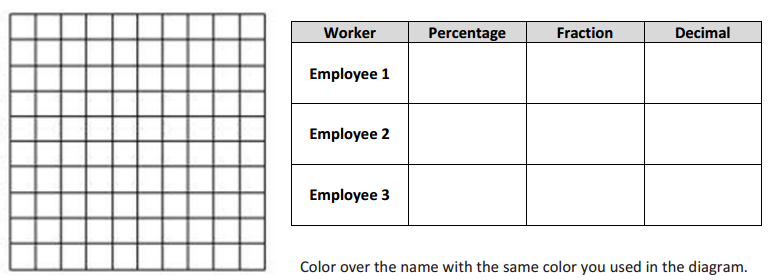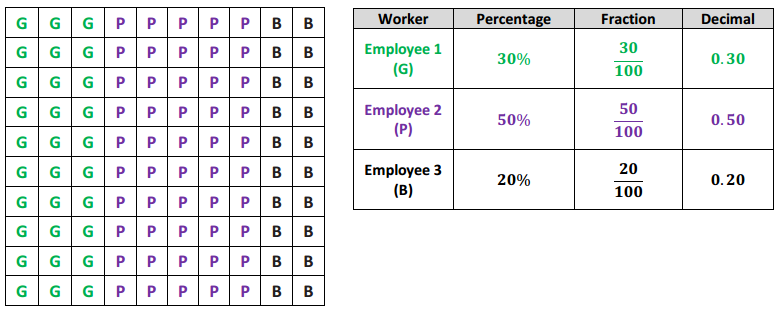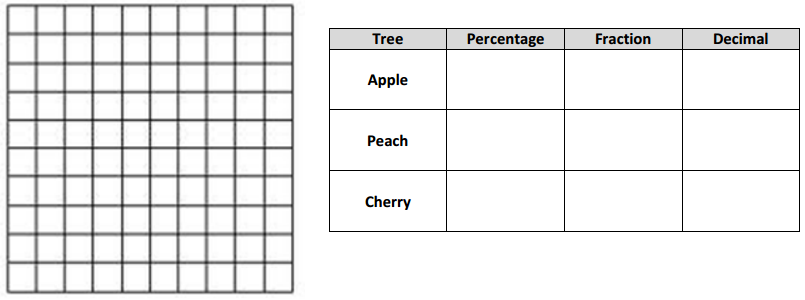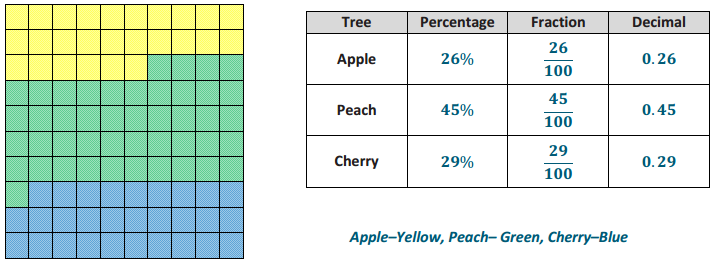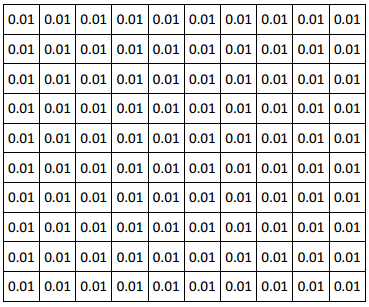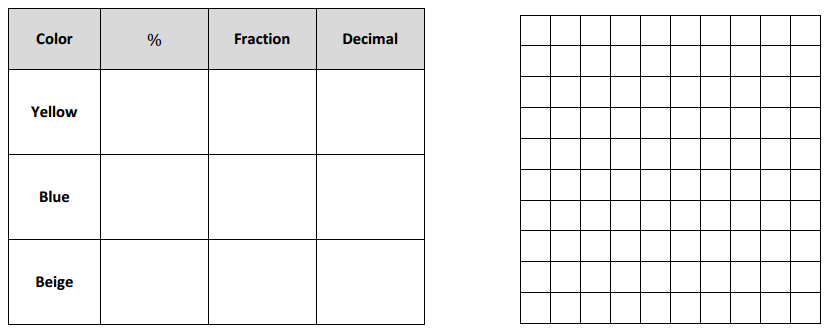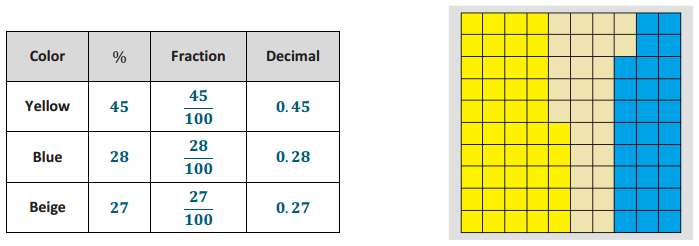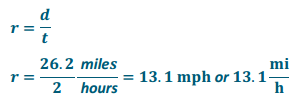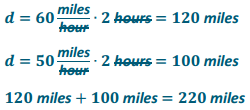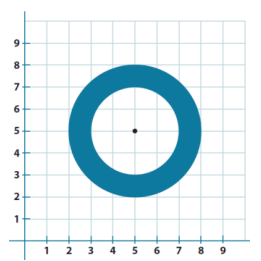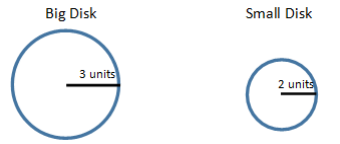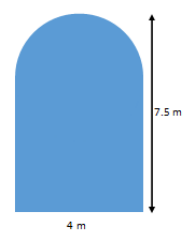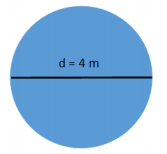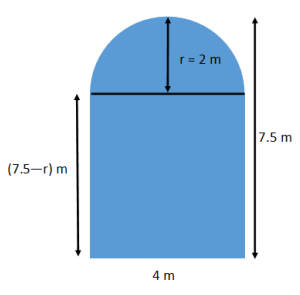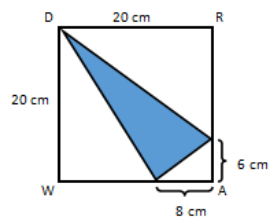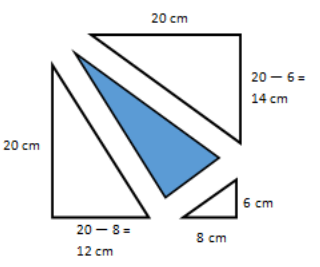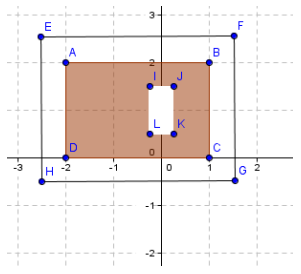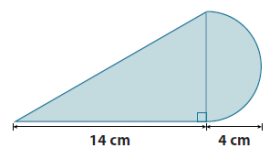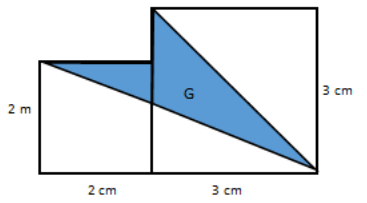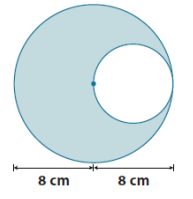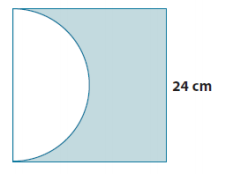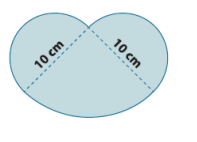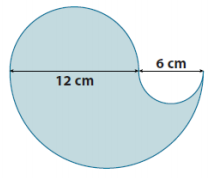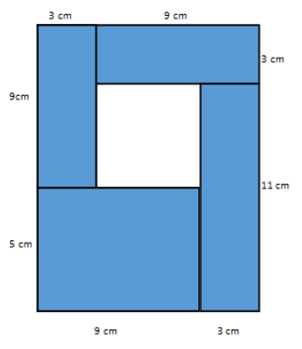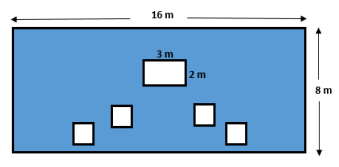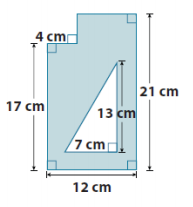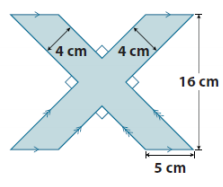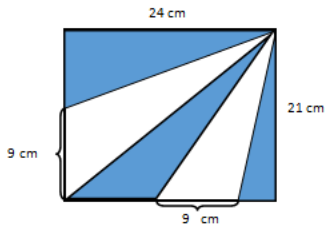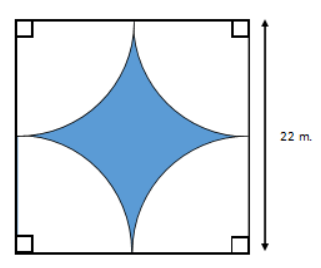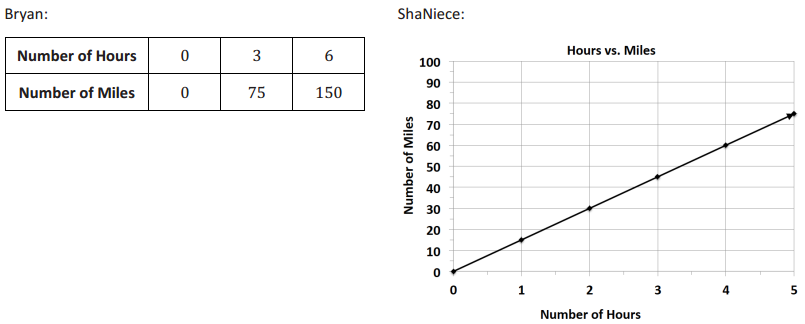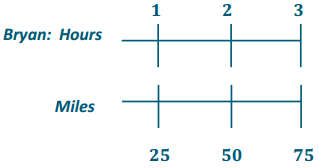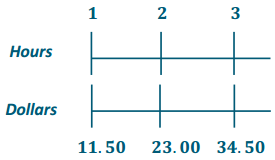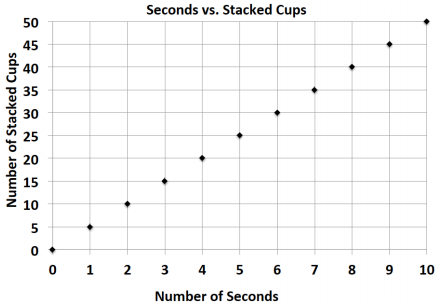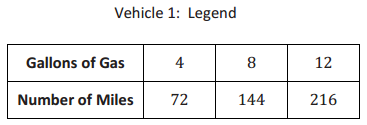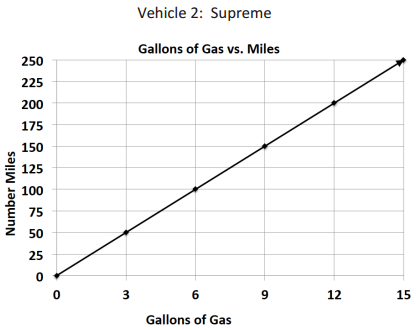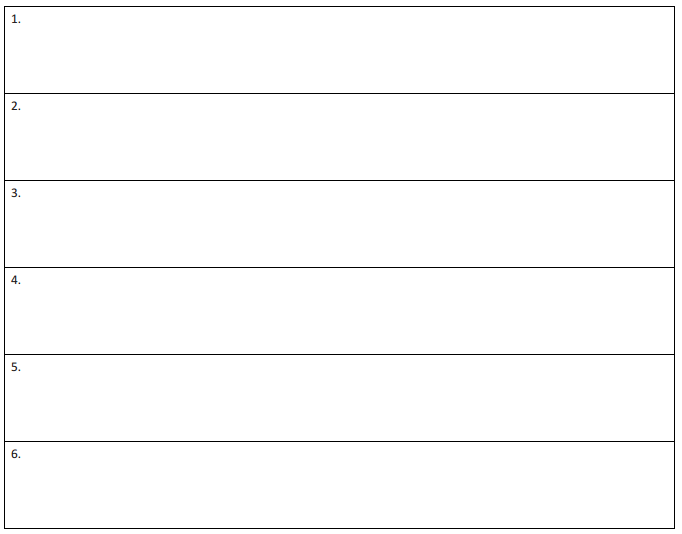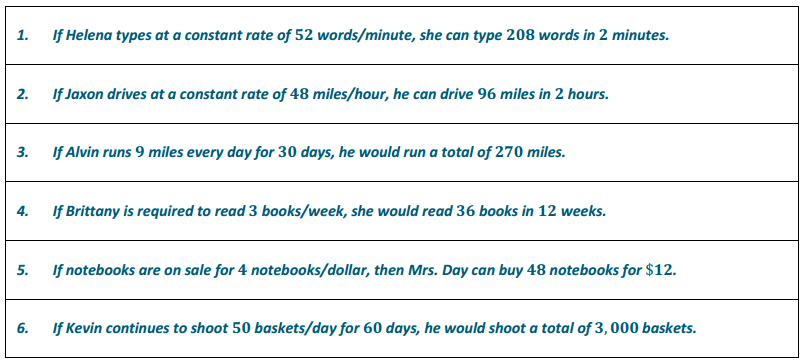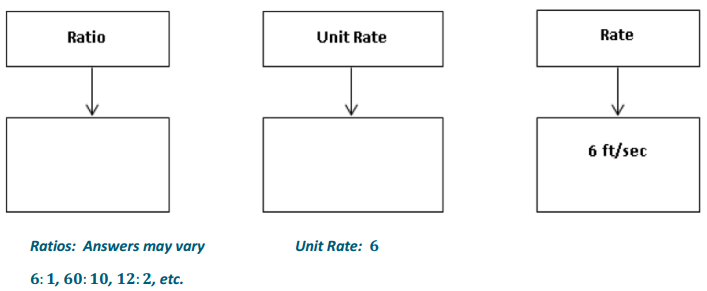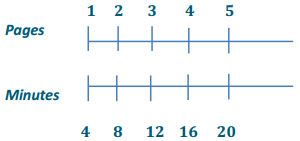Engage NY Eureka Math Grade 6 Module 6 Lesson 1 Answer Key
Eureka Math Grade 6 Module 6 Lesson 1 Example Answer Key
Example 1: Using Data to Answer Questions
Honeybees are important because they produce honey and pollinate plants. Since 2007, there has been a decline in the honeybee population in the United States. Honeybees live in hives, and a beekeeper in Wisconsin notices that this year, he has 5 fewer hives of bees than last year. He wonders if other beekeepers in Wisconsin are also losing hives.
He decides to survey other beekeepers and ask them if they have fewer hives this year than last year, and if so, how many fewer. He then uses the data to conclude that most beekeepers have fewer hives this year than last and that a typical decrease is about 4 hives.
Statistics is about using data to answer questions. In this module, you will use the following four steps in your work with data:
Step 1: Pose a question that can be answered by data.
Step 2: Determine a plan to collect the data.
Step 3: Summarize the data with graphs and numerical summaries.
Step 4: Answer the question posed in Step 1 using the data and summaries.
You will be guided through this process as you study these lessons. This first lesson is about the first step: What is a
statistical question, and what does it mean that a question can be answered by data?
Question 1.
What questions was the beekeeper trying to answer?
Answer:
The beekeeper wanted to know if beekeepers have fewer hives this year than last year. The beekeeper also wanted to know about how many fewer hives beekeepers have this year.
Question 2.
Did the beekeeper collect data to answer his questions?
Yes. He collected data on whether there were fewer hives this year and on how many fewer hives there were.
Question 3.
What did the beekeeper conclude?
Answer:
The beekeeper concluded that most beekeepers had fewer hives this year and that a typical decrease was about 4 hives.
Example 2: What is a Statistical Question?
Jerome, a sixth grader at Roosevelt Middle School, is a huge baseball fan. He loves to collect baseball cards. He has
cards of current players and of players from past baseball seasons. With his teacher’s permission, Jerome brought his baseball card collection to school. Each card has a picture of a current or past major league baseball player, along with information about the player. When he placed his cards out for the other students to see, they asked Jerome all sorts of questions about his cards. Some asked:
1. What is Jerome’s favorite card?
2. What is the typical cost of a card in Jerome’s collection? For example, what is the average cost of a card?
3. Are more of Jerome’s cards for current players or for past players?
4. Which card is the newest card in Jerome’s collection?
Then, consider the questions posed in Example 2, and ask students the following:
Question 1.
Which of these questions do you think might be statistical questions?
Answer:
Answers will vary. Some students do not know how to answer this question, but some may go back to
the definition of Step 1 in the process described earlier to look for questions that can be answered by
data. Even so, they still might think at this point that all of the questions are statistical questions.
Question 2.
What do you think I mean when I say a statistical question?
Answer:
Answers will vary. If no one relates the idea oía statistical question to the need for data, consider asking students to go back and look at the four-step process described earlier in this lesson.
Students do not yet understand what a statistical question is. Allow them to discuss and make conjectures about what it might mean before guiding them to the following:
1. A statistical question is one that can be answered with data and for which it is anticipated that the data
(information) collected to answer the question will vary.
2. The second and third questions are statistical questions because the data collected to answer the questions
would vary. To decide on a typical value (i.e., to describe what is typical for values in a data set using a single
number) for the cost of a card, you would collect data on what each card cost.
You would expect variability in the costs because some cards probably cost more than others. For the third question, you would need to collect data on whether or not each card was for a current player or for a past player. There would be variability in the data collected because some cards would be for current players, and some would be for past players.
The first question —”What is Jerome’s favorite card?”— is not a statistical question because there is no variability in the data collected to answer this question. There is only one data value and no variability. The same is true for the fourth question.
Convey the main idea that a question is statistical if it can be answered with data that vary. Point out that the concept of variability in the data means that not all data values have the same value.
The question “How old am I?” is not a statistical question because it is not answered by collecting data that
vary. The question “How old are the students in my school? is a statistical question because to answer it, you would collect data on the ages of students at the school, and the ages will vary—not all students are the same
age.
Would the following questions be answered by collecting data that vary?
Question 1.
How tall is your sixth-grade math teacher?
Answer:
This question would not be answered by collecting dato that vary because my sixth-grade moth teacher can only be one height.
Question 2.
What is your handspan (measured from the tip of the thumb to the tip of the small finger)?
Answer:
This question is not a statistical question because I would just measure my handspon. It would not be answered by collecting dota that vary.
Question 3.
Which of these data sets would have the most variability?
Answer:
The number of minutes students in your class spend getting ready for school or the number of pockets on the
clothes of students in your class.
The number of minutes students spend getting ready for school would vary the most because some students take a long time to get ready, and some students only require o short time to get ready for school. The number of pockets will vary from student to student, but most values will be 0, 1, or 2.
After arriving at this understanding as a class, write the informal definition of statistical question on the board so that students may refer to it for the remainder of the class.
Example 3: Types of Data
We use two types of data to answer statistical questions: numerical data and categorical data. If you recorded the ages of 25 baseball cards, we would have numerical data. Each value in a numerical data set is a number. If we recorded the team of the featured player for each of 25 baseball cards, you would have categorical data. Although you still have 25 data values, the data values are not numbers. They would be team names, which you can think of as categories.
Question 1.
What are other examples of categorical data?
Answer:
Answers will vary. Eye color, the month in which you were born, and your favorite subject are examples of categorical data.
Question 2.
What are other examples of numerical data?
Answer:
Answers will vary. Height, number of pets, and minutes to get to school are all examples of numerical data.
To help students distinguish between the two data types, encourage them to think of possible data values. If the
possible data values are words or categories, then the variable is categorical.
Suppose that you collected data on the following. What are some of the possible values that you might get?
1. Eye color
2. Favorite TV show
3. Amount of rain thotfell dunng each of 20 storms
4. High temperatures for each of 12 days
Eureka Math Grade 6 Module 6 Lesson 1 Exercise Answer Key
Exercise 1.
For each of the following, determine whether or not the question is a statistical question. Give a reason for your
answer.
a. Who is my favorite movie star?
Answer:
This is not a statistical question because I only have one age at the time the question is asked.
b. What are the favorite colors of sixth graders in my school?
Answer:
This is a statistical question because to answer this question, you would collect data by asking students about their favorite colors, and there would be variability in the data. The favorite color would not be the same for every student.
c. How many years have students in my school’s band or orchestra played an instrument?
Answer:
This is a statistical question because to answer this question, you would collect data by asking students in the band about how many years they have played an instrument, and there would be variability in the data. The number of years would not be the same for every student.
d. What is the favorite subject of sixth graders at my school?
Answer:
This is a statistical question because to answer this question, you would collect data by asking students about their favorite subjects, and there would be variability in the data. The favorite subject would not be the same for every student.
e. How many brothers and sisters does my best friend have?
Answer:
This is not a statistical question because it is not answered by collecting data that vary.
Exercise 2.
Explain why each of the following questions is not a statistical question.
a. How old am I?
Answer:
This is not a statistical question because I only have one age at the time the question is asked.
b. What’s my favorite color?
Answer:
This is not a statistical question because it is not answered by data that vary. I only have one favorite color.
c. How old is the principal at our school?
Answer:
This is not a statistical question because the principal has just one age at the time I ask the principal’s age. Therefore, the question is not answered by data that vary.
Exercise 3.
Ronnie, a sixth grader, wanted to find out if he lived the farthest from school. Write a statistical question that would help Ronnie find the answer.
Answer:
Answers will vary. One possible answer is, “What is a typical distance from home to school (in miles) for students at my school?”
Exercise 4.
Write a statistical question that can be answered by collecting data from students in your class.
Answer:
Answers will vary. For example, “What is the typical number of pets owned by students in my class?” or “How many hours each day do students in my class play video games?”
Exercise 5.
Change the following question to make it a statistical question: How old is my math teacher?
Answer:
What is a typical age for teachers at my school?
Exercises 6-7:
Exercise 6.
Identify each of the following data sets as categorical (C) or numerical (N).
a. Heights of 20 sixth graders.
Answer:
N
b. Favorite flavor of ice cream for each of 10 sixth graders.
Answer:
C
c. Hours of sleep on a school night for each of 30 sixth graders.
Answer:
N
d. Type of beverage drunk at lunch for each of 15 sixth graders.
Answer:
C
e. Eye color for each of 30 sixth graders.
Answer:
C
f. Number of pencils in the desk of each of 15 sixth graders.
Answer:
N
Exercise 7.
For each of the following statistical questions, identify whether the data Jerome would collect to answer the question would be numerical or categorical. Explain your answer, and list four possible data values.
a. How old are the cards in the collection?
Answer:
The data are numerical data, as I anticipate the data will be numbers.
Possible data values: 2 years, 2\(\frac{1}{2}\) years, 4 years, 20 years
b. How much did the cards in the collection cost?
Answer:
The data are numerical data, as anticipate the data will be numbers.
Possible data values: $0.20, $1.50, $10.00, $35.00
c. Where did Jerome get the cards in the collection?
Answer:
The data are categorical, as I anticipate the dato will represent the names of places or people.
Possible data values: a store, a garage sale, from my brother, from a friend.
Eureka Math Grade 6 Module 6 Lesson 1 Problem Set Answer Key
Question 1.
For each of the following, determine whether the question is a statistical question. Give a reason for your answer.
a. How many letters are in my last name?
Answer:
This is not a statistical question because this question is not answered by collecting data that vary.
b. How many letters are in the last names of the students in my sixth-grade class?
Answer:
This is a statistical question because it would be answered by collecting data on name lengths, and there is variability in the lengths of the last names.
c. What are the colors of the shoes worn by students in my school?
Answer:
This is a statistical question because it would be answered by collecting data on shoe colors, and we expect variability in the colors.
d. What is the maximum number of feet that roller coasters drop during a ride?
Answer:
This is a statistical question because it would be answered by collecting data on the drop of roller coasters, and we expect variability in how many feet different roller coasters drop. They will not all be the same.
e. What are the heart rates of students in a sixth-grade class?
Answer:
This is a statistical question because it would be answered by collecting data on heart rates, and we expect variability. Not all sixth graders have exactly the same heart rate.
f. How many hours of sleep per night do sixth graders usually get when they have school the next day?
Answer:
This is a statistical question because it would be answered by collecting data on hours of sleep, and we do not expect that all sixth graders sleep the same number of hours
g. How many miles per gallon do compact cars get?
Answer:
This is a statistical question because it would be answered by collecting data on fuel efficiency, and we expect variability in miles per gallon from one car to another.
Question 2.
Identify each of the following data sets as categorical (C) or numerical (N). Explain your answer.
a. Arm spans of 12 sixth graders.
Answer:
N; the arm span can be measured as number of inches, for example, so the data set is numerical.
b. Number of languages spoken by each of 20 adults
Answer:
N; number of languages is clearly numerical
c. Favorite sport of each person in a group of 20 adults
Answer:
C; a sport falls into a category, such as “soccer” or “hockey.” Favorite sport is not measured numerically.
d. Number of pets for each of 40 third graders
Answer:
N; number of pets is clearly numerical.
e. Number of hours a week spent reading a book for a group of middle school students.
Answer:
N; number of hours is clearly numerical.
Question 3.
Rewrite each of the following questions as a statistical question.
a. How many pets does your teacher have?
Answer:
How many pets do teachers in our school have?
b. How many points did the high school soccer team score in its last game?
Answer:
What is a typical number of points scored by the high school soccer team in its games this season?
c. How many pages are in our math book?
Answer:
What is a typical number of pages for the books in the school library?
d. Can I do a handstand?
Answer:
Can most sixth graders do a handstand?
Question 4.
Write a statistical question that would be answered by collecting data from the sixth graders in your classroom.
Answer:
Answers will vary. Check to make sure the question would be answered by collecting data that vary.
Question 5.
Are the data you would collect to answer the question you wrote in Problem 2 categorical or numerical? Explain
your answer.
Answer:
Answers will vary. Check to make sure that the answer here is consistent with the statistical question from Problem 4. If the possible values for the data collected would be numerical, students should answer numerical here, but if the possible data values are categories rather than numbers, students should answer categorical.
Eureka Math Grade 6 Module 6 Lesson 1 Exit Ticket Answer Key
Question 1.
Indicate whether each of the following two questions is a statistical question. Explain why or why not.
a. How much does Susan’s dog weigh?
Answer:
This is not a statistical question. This question is not answered by collecting data that vary.
b. How much do the dogs belonging to students at our school weigh?
Answer:
This is a statistical question. This question would be answered by collecting data on weights of dogs. There is variability in these weights.
Question 2.
If you collected data on the weights of dogs, would the data be numerical or categorical? Explain how you know the data are numerical or categorical.
Answer:
The data collected would be numerical data because the weight values are numbers.


